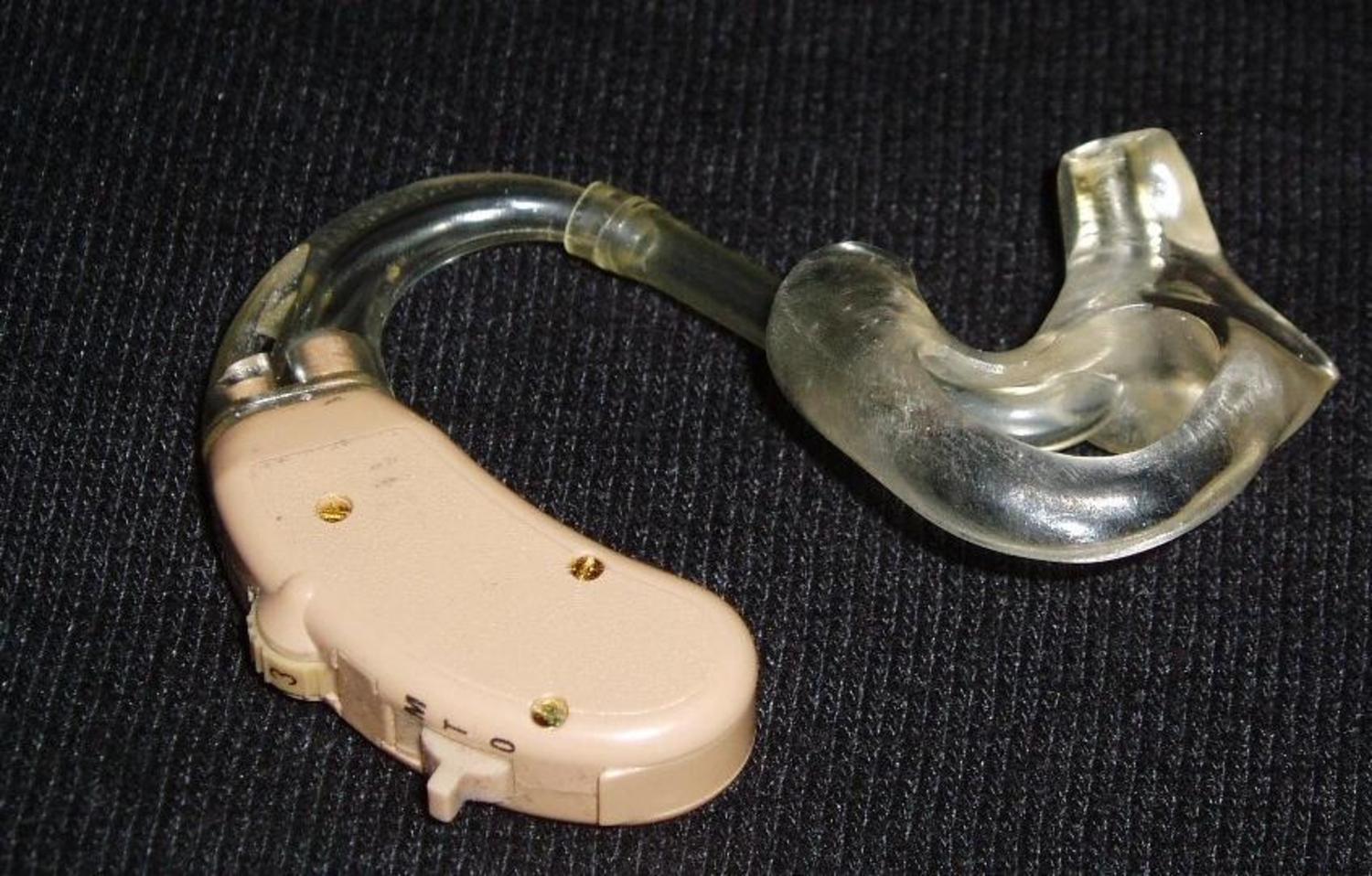Better Hearing for Dummies
Interview with
Jane - Hearing aids work on the general principle that if you are finding it hard to hear something you simply turn the volume up. Fine if you are talking to one person in a quiet room, but if you are in a noisy environment then everything is amplified. Now unique computer modelling techniques, combined with new ways of carrying out hearing tests, are revolutionising the way that hearing loss and impairment is diagnosed and treated. Professor Ray Meddis is leading the work at the University of Essex.
Ray - Hearing consists of a number of stages between the sound arriving at the ear and then the signal going up to the brain. The computer model tries to represent each one of these stages separately. The test that we use involved two measurements, one concerns tuning and the other one concerns compression. Tuning refers to the situation where you can hear one sound and tune out background sounds. It's a bit like a radio where you can tune into one radio station, but you don't want interference from another station. Now with normal hearing this tuning takes place naturally so one of our tests focuses on that particular problem. Compression is concerned with how intrusive other sounds are when they become louder. So normally we can tune out another sound if it is quiet, but as it increases in intensity then we have more difficulty in tuning it out. A person with hearing loss often has a particular difficulty in tuning out irrelevant sounds and so our compression measure is particularly concerned with increasing the intensity of the sound and then noticing how that comes to make it difficult to listen to a particular vocal sound.
 Jane - Strange as it may seem, it was the art of dressmaking that inspired Ray and his team to take this tailor-made approach to the diagnosis and treatment of hearing impairment.
Jane - Strange as it may seem, it was the art of dressmaking that inspired Ray and his team to take this tailor-made approach to the diagnosis and treatment of hearing impairment.
Ray - When generating a computer model for a patient with hearing loss, we always start off with a normal model and we try and make a single adjustment which refers to the particular pathology which we feel is causing the problem for that particular patient. When you have a dress made the tailor measures your body size then changes the shape of the dummy to represent your body size and then cuts and sews the clothing so that it fits the dummy. The reasonable expectation is that when the customer comes back the clothing will fit the customer perfectly. Now we believed that we could do the same thing with hearing impairment. We already have a model of normal hearing, so by making certain adjustments we could make the dummy simulate impaired hearing and the idea was we could then use that dummy to fit the hearing aid and we would adjust the hearing aid so that we got the best possible output from the impaired hearing dummy. Our hope is that we will be able to use the hearing dummy to make these adjustments before the hearing aid is supplied to the patient. In other words the hearing aid should be fitted to the dummy just like a dress would be fitted to a tailors dummy and then when the patient comes back, ideally, the aid should be perfectly suited to their particular needs.
Jane - Supported by the Engineering and Physical Sciences Research Council, this cutting-edge work has also led to a prototype design for a new type of hearing aid.
Ray - Because our primary interest was in developing computer models we came to realise that hearing aids respond differently to sounds compared to a normal hearing individual. So it seemed to us that we could build a hearing aid that simulated normal human hearing so it compressed the sound in the same way, tuned the sound in the same way and dealt with variations in level in the same way. We have designed a new type of hearing aid which uses something called instantaneous compression. Currently in hearing aids sound is compressed, but it takes a little while for the compressor to respond to the sound levels and this gives rise to some complications. But by simulating normal human hearing we've been able to produce instantaneous compression without the distortion which everybody used to believe was an unavoidable accompaniment of instantaneous compression.
Jane - So a number of aspects of this research are cutting-edge.
Ray - The research is a world first in a number of respects. First of all this will be the first model to represent a number of different kinds of hearing impairment. It is also the first attempt anybody has made to go through the complete cycle that is measuring the hearing loss, designing the hearing dummy, adjusting the hearing aid using the hearing dummy and then modifying the hearing aid to suit the patient.
Jane - The new approach has simplified the complicated laboratory testing process, significantly cutting down on the time it takes and the number of trials involved, along with the level of expertise required. Within four years we could see this system of testing in widespread use, along with the new type of hearing aid.









Comments
Add a comment